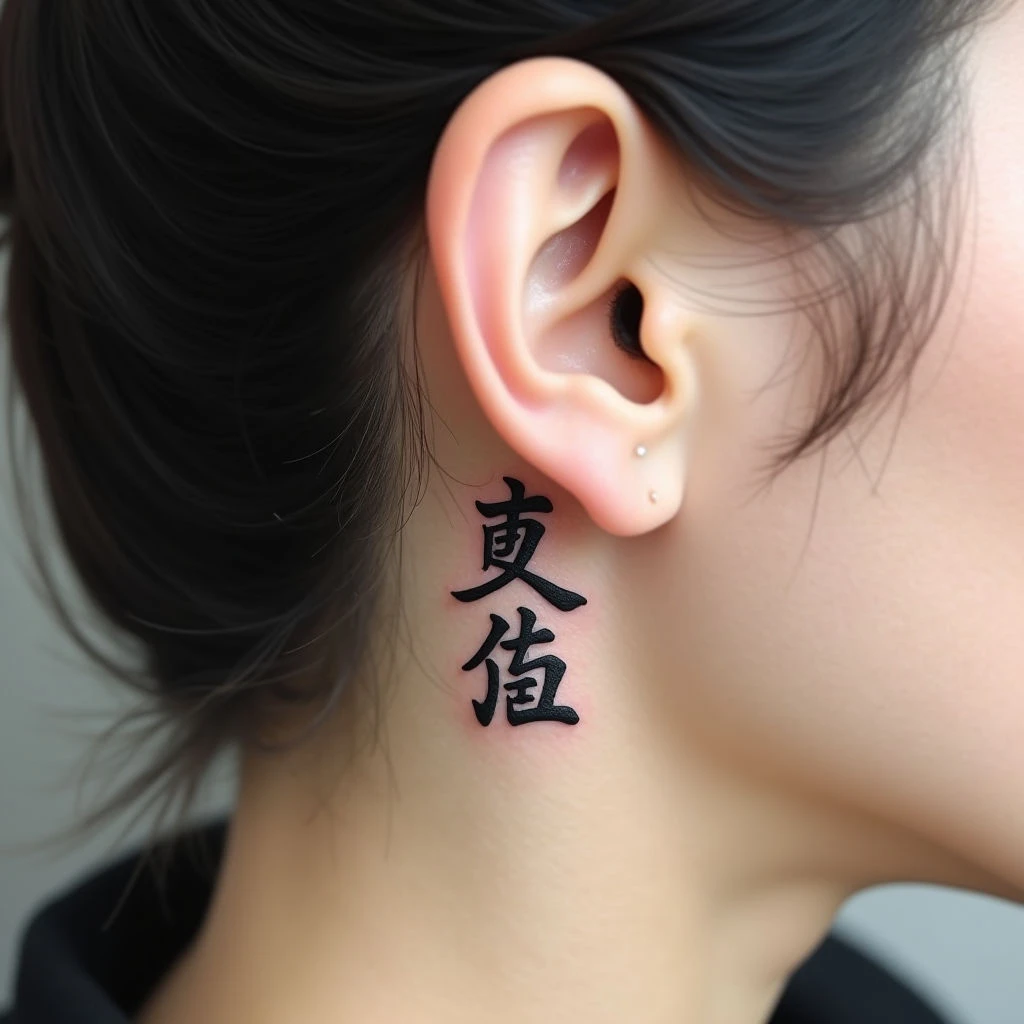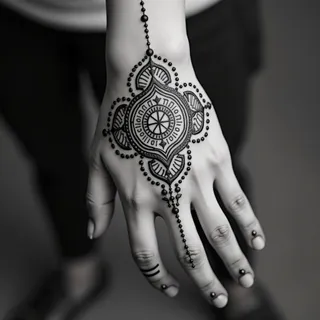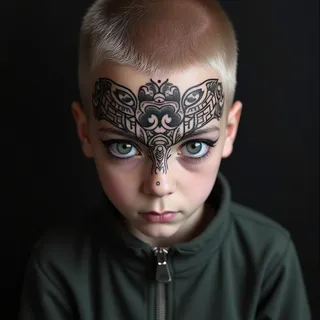The Artistry and Significance of Behind-the-Ear Tattoos in Chinese Culture
Understanding Symbolism
Unlike Western alphabets, Chinese characters (hanzi) are ideograms – each symbol represents a concept rather than a sound. Popular choices include:
- Strength (力 - lì): Represents resilience, power, and determination.
- Peace (和 - hé): Signifies harmony, balance, and tranquility.
- Wisdom (智 - zhì): Embodies intelligence, knowledge, and understanding.
- Good Fortune (福 - fú): Invokes prosperity, blessings, and happiness.
Consider the nuances of each character. Research its various meanings within different contexts – some symbols hold multiple interpretations.
Design Considerations
The behind-the-ear placement is small and delicate. Choose a simplified or stylized version of your chosen symbol to ensure clarity and readability. Bold strokes can look striking, but finer lines tend to age better in this confined space.
Placement matters; consult with an artist experienced in micro tattoos for optimal visual appeal.
Historical Context
The practice of body art within Chinese culture has a long and storied history, often linked to spiritual beliefs and social status. Though the modern tattoo trend is relatively recent, the reverence for calligraphy and symbolic meaning remains central.


